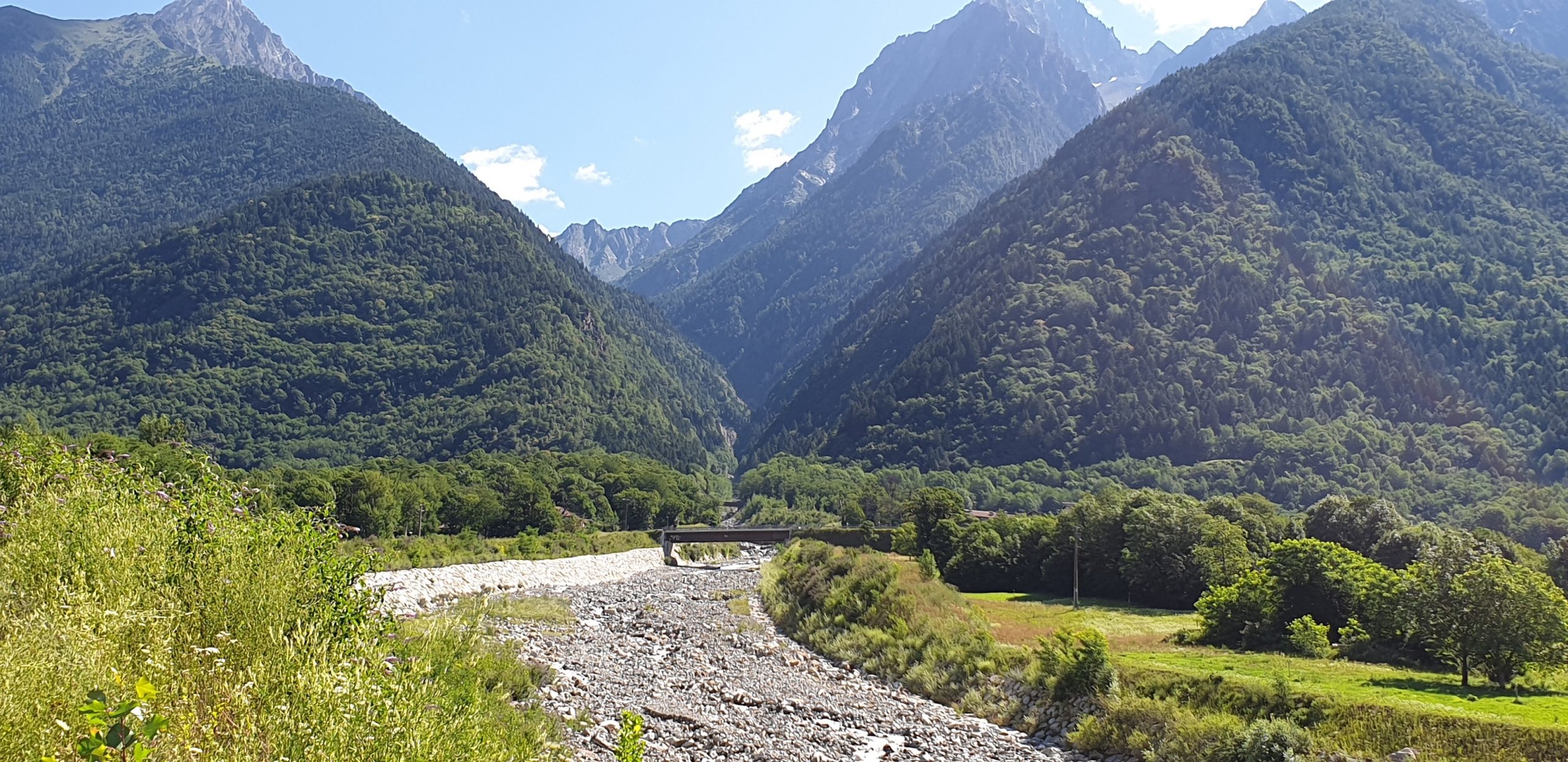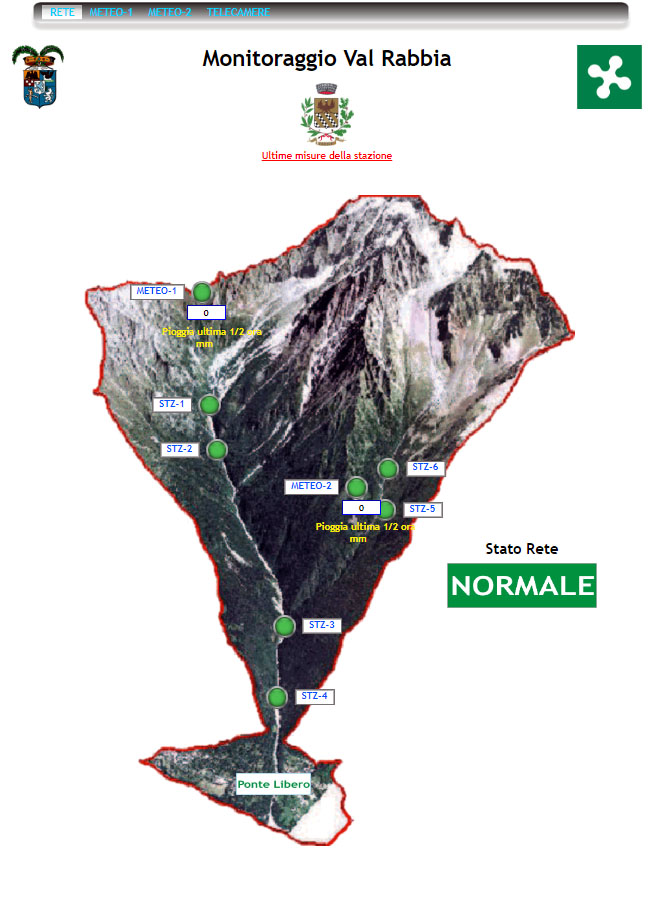We are located in Val Rabbia, in the Bresciano area, in the municipality of Sonico. A valley well known by the local population because it is crossed by a small stream that feeds the Oglio river which acts as a dividing line between the town of Rino and Sonico. A stream that knows how to cry out the destructive force of nature when, due to heavy rains upstream, it gives rise to a phenomenon as fascinating as it is dangerous called Debris Flow.
The danger of the Val Rabbia for debris flow events is therefore historically known.
The need to have the manifestation of this phenomenon under control has been fulfilled since 2011, when the experimental project to install a monitoring and alert system for these flows began.
Nesa is the protagonist of this experimental project with a pioneering solution, technological but at the same time simple enough, to allow to have the immediate notice to the population at the occurrence of the phenomenon, for the safety of people and things.
On July 27, 2012, the same day of the end of the work, a sudden and important debris flow with an estimated volume between 200,000 and 300,000 m3, completely invaded the confluence with the Oglio river, destroying the pedestrian bridge and the road bridge that connected the hamlet of Rino to the village of Sonico, with consequent serious damage and concern in the population. The cameras of our plant filmed the moments before, during and after the event, which clearly show how a 10-meter high bridle was completely submerged by the transported material.
The monitoring and alerting network consisted of heterogeneous instrumentation, including weather stations, detection points via displacement sensors innovative for the time, and cameras.
Since 2012, the network has been periodically maintained and there have been several implementations, including traffic lights, warning signs and warning sirens.
This has made it possible to detect further Debris Flow events over the years, less important than that of 2012, but equally significant, such as the one that occurred in the night between 5-6 August 2018, when the system was activated just in time to trigger the partial evacuation of the built-up area.
Today, more than 10 years after that first experimental plant, Nesa has continued to develop and improve solutions for the alert by filing international patents and winning, a few days ago, the renewal of the same network with the Spider Debris Flow® systems, which will follow, in a few days, updates on our site and on social media.


